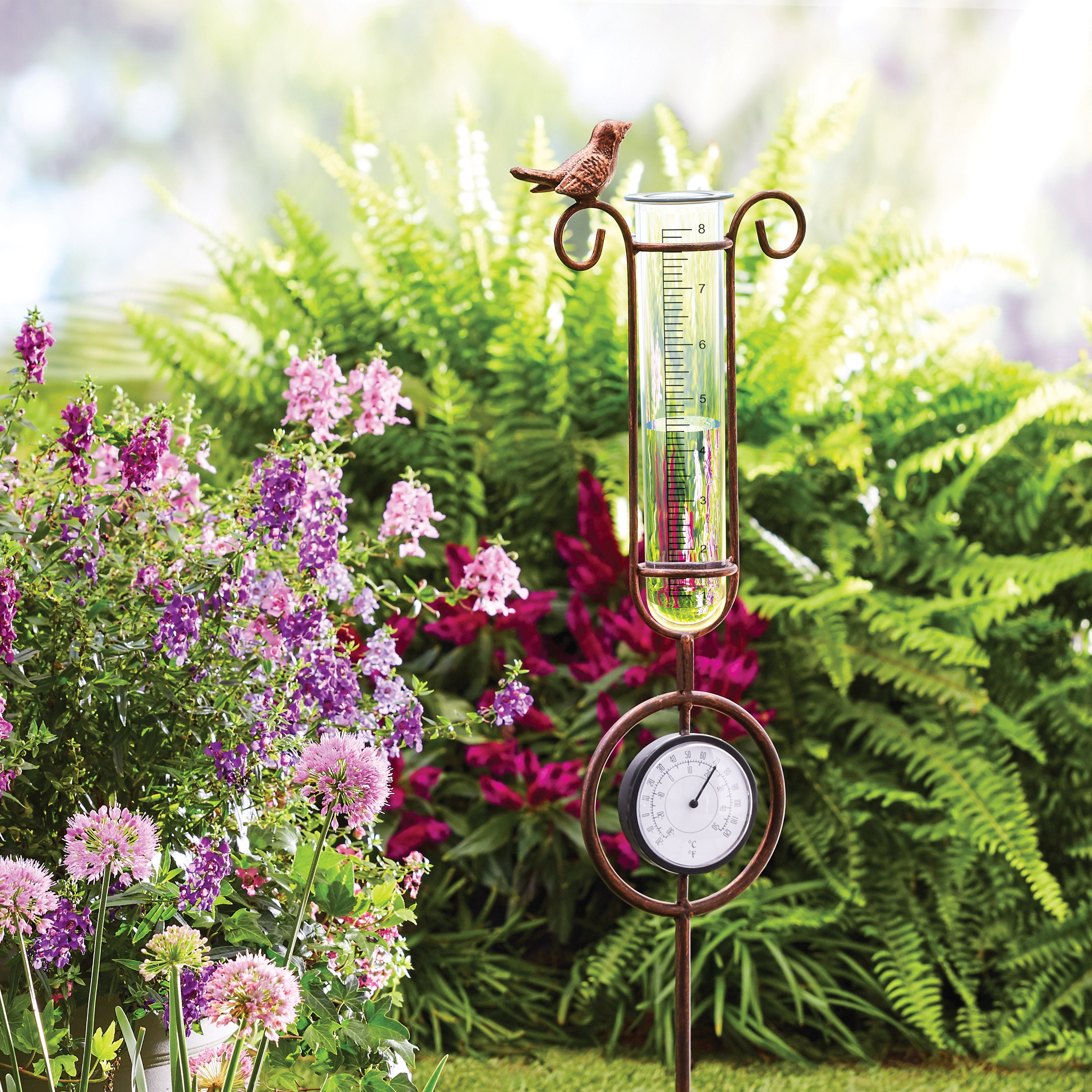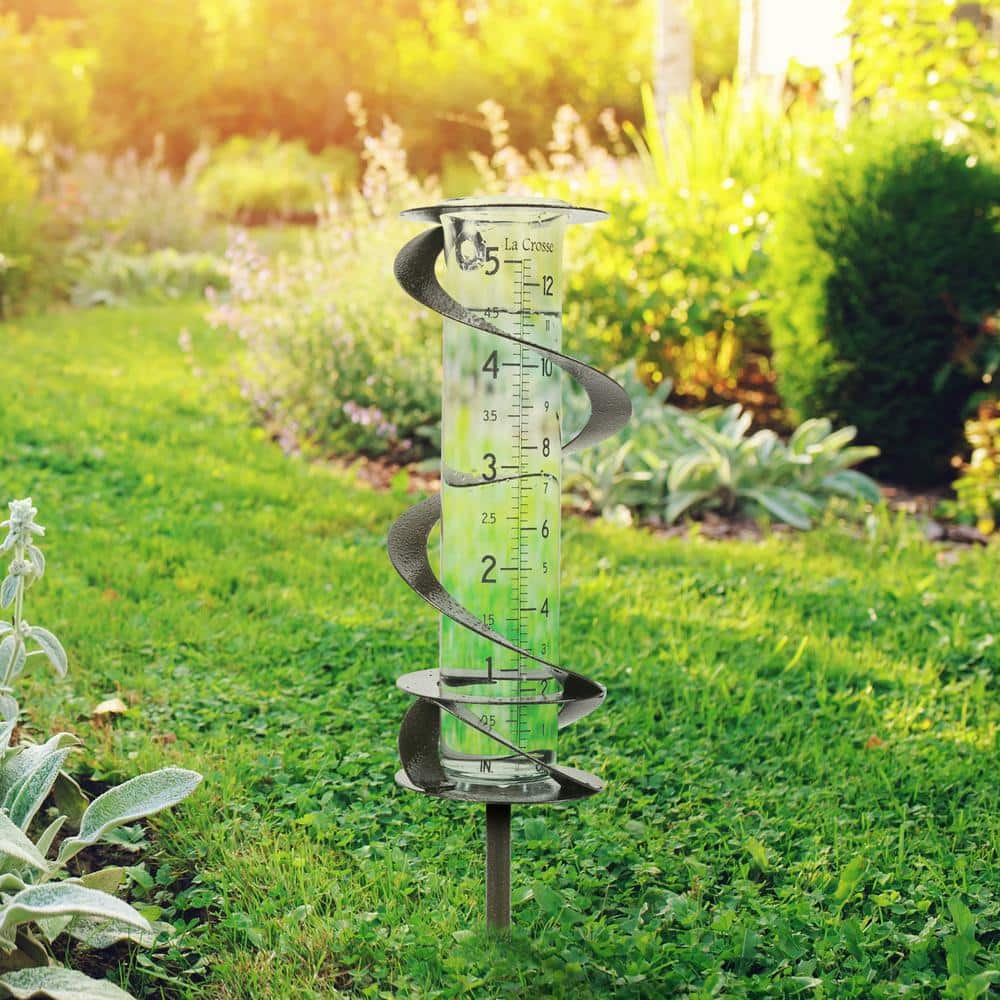The Rain Gauge: Encouraging Areas with Specific Rain Information
The Rain Gauge: Encouraging Areas with Specific Rain Information
Blog Article
Exactly How to Choose the Right Rainfall Gauge for Accurate Rainfall Data
Exact rainfall information is essential for different markets and activities, such as farming, weather forecasting, and water source administration. To obtain reliable dimensions, it is crucial to pick the best rain scale. This overview intends to give valuable understandings into the selection process, allowing you to make educated decisions. Thinking about elements such as area, kind, and precision of the rainfall scale will certainly assist make sure accurate information collection. In addition, comprehending the maintenance and calibration procedures will add to the longevity and reliability of your rain scale. By adhering to these guidelines, you can guarantee exact rains information, enabling better decision-making and planning for various applications.
Value of Picking the Right Rain Scale
The significance of picking the appropriate rainfall scale exists in getting exact and trusted rains data for accurate atmospheric analysis. Rain information is crucial for a large range of applications, consisting of climate projecting, hydrological modeling, and climate research. Inaccurate or unreliable data can cause erroneous final thoughts and flawed decision-making processes.

Secondly, the accuracy and accuracy of the rainfall scale are paramount. The scale should be able to determine rainfall with high precision, capturing also percentages of precipitation accurately. It should additionally lessen mistakes because of evaporation, wind, and various other environmental factors. Normal calibration and upkeep are crucial to make certain continuous accuracy.
In addition, the place and installment of the rain scale are vital considerations. It should be positioned in an open area, far from obstructions that might affect rains measurements. The scale should be placed at an appropriate elevation and angle to stay clear of spilling and ensure correct catchment of rainwater.
Aspects to Consider When Selecting a Rainfall Gauge
When picking a rain scale, there are several crucial aspects to take into consideration. There are different kinds available, including standard rain assesses, tipping bucket rainfall assesses, and considering rainfall determines.
Another element to consider is the material of the rain scale. Rain gauges can be made of various materials, such as steel, plastic, or glass. The material chosen should be resilient and resistant to climate condition, ensuring that the rainfall gauge will withstand the elements and give exact dimensions with time.
Precision is additionally a critical variable to think about. Search for rain evaluates that have been calibrated and examined for precision. Functions such as anti-splash rings and funnels can also boost the precision of the measurements.

Last but not least, consider the climate and environment in which the rainfall scale will certainly be utilized. Different rainfall gauges appropriate for various climates, so it is very important to select one that is ideal for the conditions in your location.
Different Kinds of Rain Assesses Available
To better explore the aspects to take into consideration when choosing a rainfall gauge, it is important to recognize the different kinds of rain evaluates available. The most typical kind is the typical rainfall gauge, additionally recognized as the round rain gauge.
Another type of rainfall scale is the tipping pail rainfall gauge. As the rainfall falls right into the gauge, it fills up one side of the container, triggering it to tip and clear the water.
A 3rd type of rainfall scale is the considering rainfall scale. This gauge utilizes an equilibrium system to gauge the weight of the gathered rains. As the rain falls under the gauge, it is gathered in a container attached to an equilibrium. The weight of the water is determined, and the rainfall amount is determined based on the weight. Evaluating rainfall gauges are extremely exact but can be a lot more expensive and require regular upkeep.
Finally, there are likewise remote rainfall evaluates that use advanced innovation to gauge rainfall (The Rain Gauge). These assesses usage click here for info sensing units and transmitters to send data wirelessly to a main unit. Remote rain assesses are convenient for checking rainfall in hard-to-reach locations or for large data collection
Exactly How to Establish the Accuracy of a Rainfall Gauge
One means to assess the accuracy of a rainfall scale is by conducting routine calibration measurements. Calibration entails contrasting the readings of a rain gauge to a standard measurement, such as a qualified rainfall gauge or a weather condition terminal with high precision. By contrasting the dimensions, any kind of discrepancies or inaccuracies in the rain gauge can be determined and made up.
To perform a calibration dimension, beginning by collecting rainfall data from both the rain gauge and the conventional dimension device over a certain period, such as a month. Contrast the analyses and compute the distinction in between them. This difference is called the calibration error.
It is necessary to keep in mind that calibration measurements ought to be carried out on a regular basis, as ecological elements, such as temperature, debris, and wind, can influence the precision of the rain scale gradually. By carrying out regular calibrations, any kind of adjustments in the accuracy of the rainfall scale can be discovered and adjustments can be made as necessary.
In enhancement to calibration, it is likewise recommended to tidy and preserve the rainfall gauge regularly to guarantee its accuracy. Get rid of any type of particles or blockages that might impact the accuracy of the dimensions, and look for any indications of damage or use that may need repairs or substitute.
Tips for Maintaining and Adjusting Your Rain Scale
Regular maintenance and calibration are crucial for making certain the precision and dependability of your rainfall gauge in measuring rains data (The Rain Gauge). By following a couple of easy pointers, you can guarantee that your rainfall gauge is effectively preserved and calibrated
Firstly, it is essential to cleanse your rain gauge consistently to stop any kind of debris or dirt from obstructing the rain collection mechanism. Make use of a soft brush and a moderate cleaning agent to delicately clean the inside and exterior of the gauge. Wash it extensively with clean water and allow it to dry totally before re-installing it.
Second of all, it is advised to calibrate your rain gauge at the very least annually. Calibration involves contrasting the dimensions of your rainfall scale with those of a relied on and exact reference gauge. This will help you identify and correct any prospective mistakes in your rainfall scale's measurements.
To calibrate your rain scale, collect a known quantity of water using a measuring container and compare it with the reference measurements tape-recorded by your rain gauge. Change the analyses appropriately to make sure precision.

Conclusion
In conclusion, picking the best rain gauge is crucial for acquiring exact rains data. Aspects such as budget, purpose, and location ought to be thought about when selecting a rainfall scale.
There are various kinds readily available, consisting of basic rain evaluates, tipping bucket rain assesses, and evaluating rainfall assesses.To further check out the aspects to think about when selecting a rainfall gauge, it this website is essential to comprehend the various kinds of rainfall assesses offered. The most typical type is the conventional rain gauge, likewise understood as the cylindrical rain gauge.An additional kind of rain gauge is the tipping bucket rainfall gauge. Calibration entails comparing the readings of a rain scale to a typical measurement, such as a qualified rainfall gauge or a weather condition terminal with high precision.
Report this page